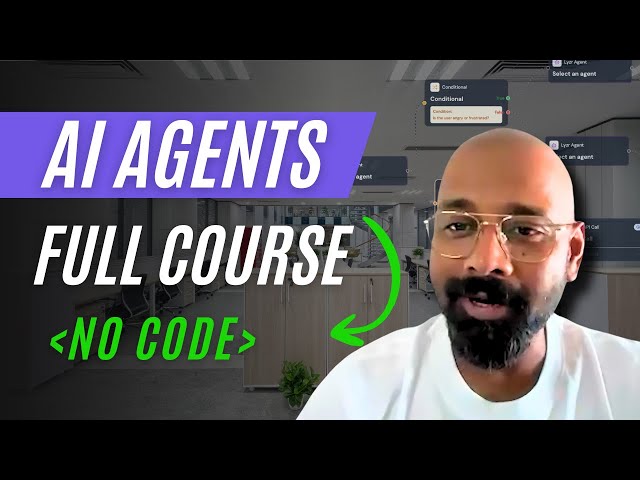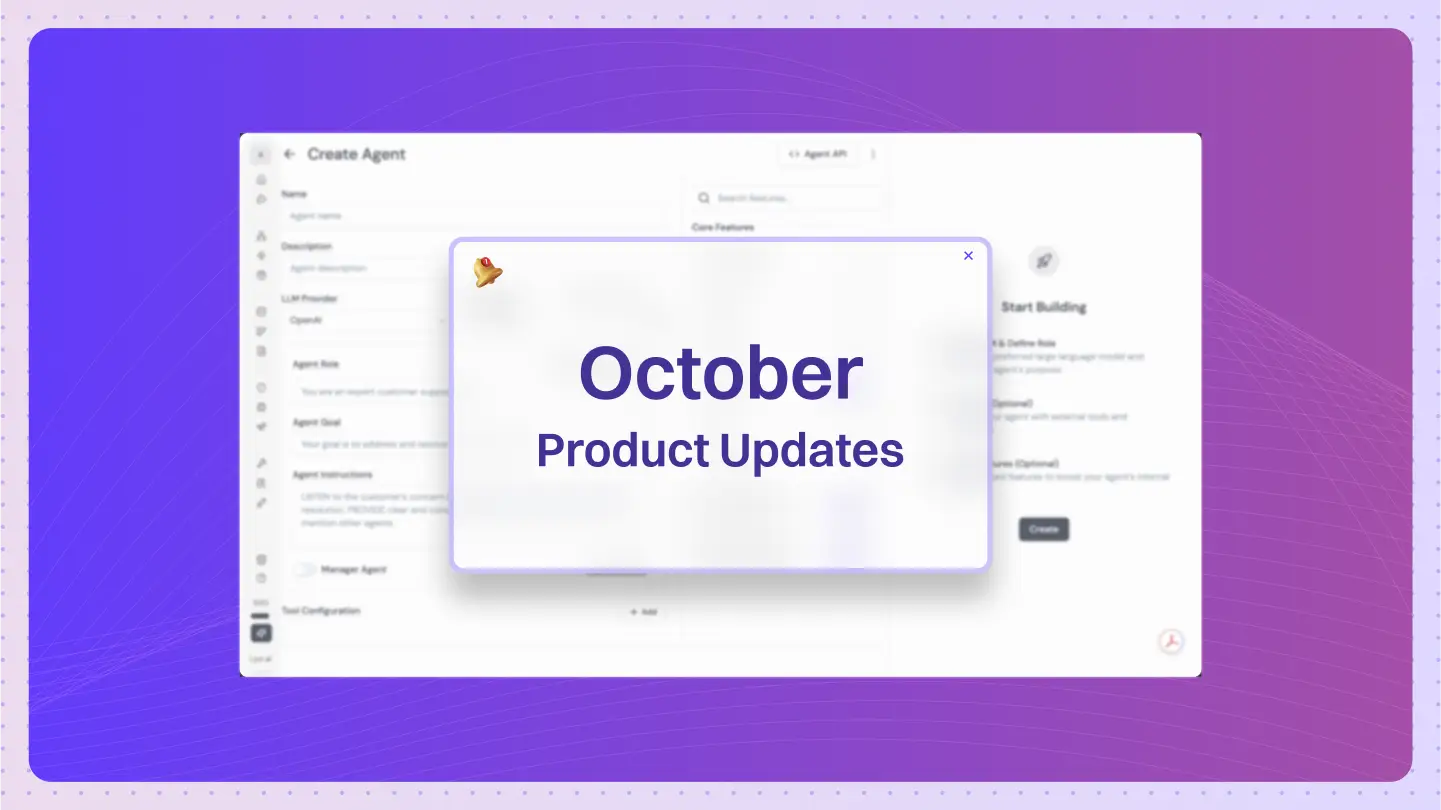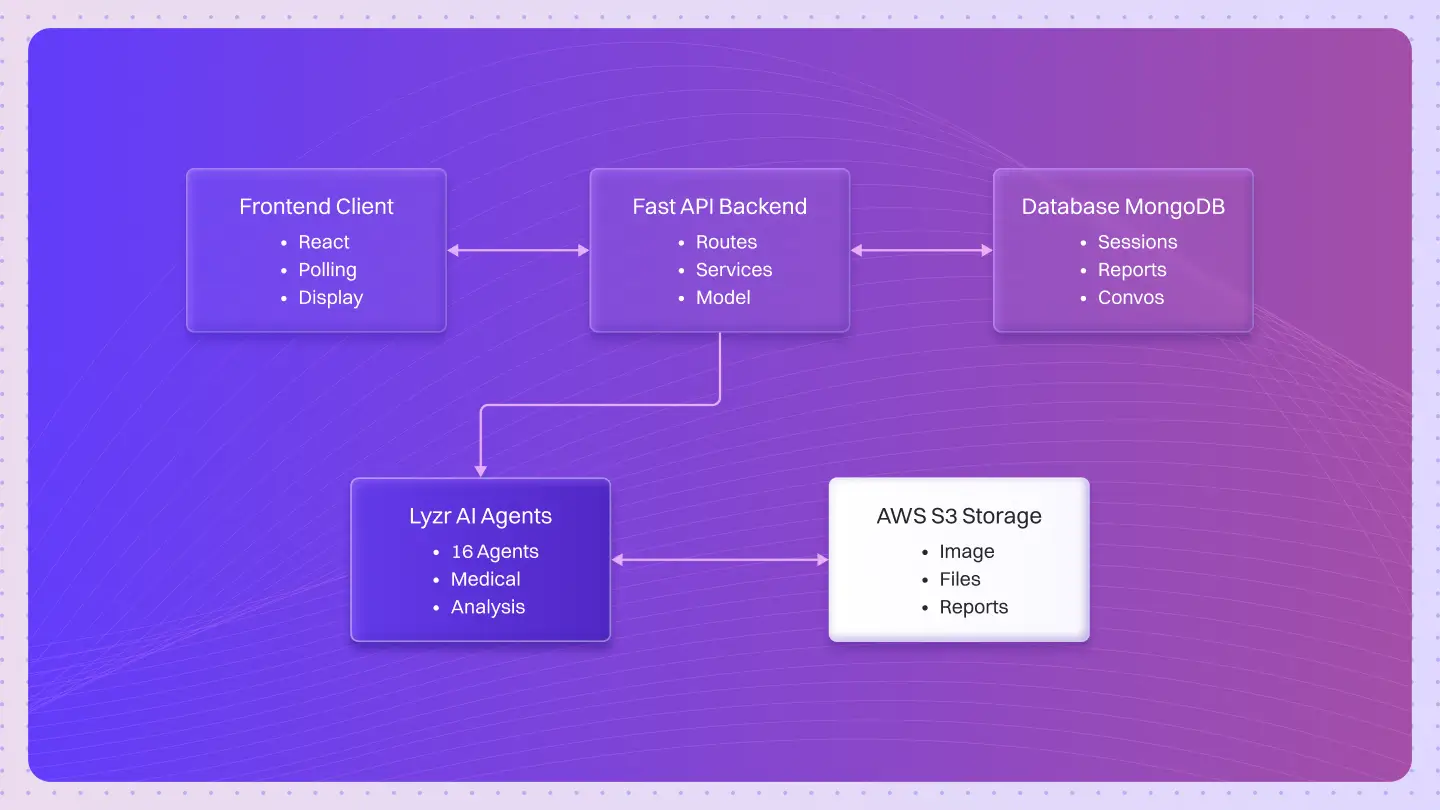Multi-turn conversational agents are an AI system designed to handle a series of back-and-forth exchanges with a user to achieve a specific goal. Unlike single-turn bots that treat every query as a new, isolated event, these agents maintain a memory of the conversation’s history. This capability, known as context retention, allows them to understand follow-up questions, handle complex requests, and provide relevant, continuous responses without forcing the user to repeat information. For example, a user might say, “Show me last quarter’s sales figures,” followed by, “Now break that down by region.” A multi-turn agent understands that “that” refers to the previously discussed sales figures, ensuring a seamless and intuitive user experience.
Why Multi-Turn Conversational Agents Are Important
The shift towards multi-turn conversational agents is not merely an incremental improvement; it’s a fundamental change that unlocks significant value for enterprises. By enabling more natural and effective human-machine interactions, these agents drive tangible business outcomes.
1. Unmatched Customer Experience
Customers no longer need to adhere to rigid scripts or repeat themselves. They can speak naturally, change their minds, or ask clarifying questions, just as they would with a human agent. This leads to higher customer satisfaction and builds trust in automated systems.
2. Powerful Automation of Complex Tasks
Simple bots can answer FAQs, but multi-turn agents can guide users through complex, multi-step processes like troubleshooting a technical issue, configuring a product, or completing a detailed booking.
3. Enhanced Efficiency and Productivity
By handling intricate queries from start to finish, these agents reduce the burden on human support teams, allowing them to focus on higher-value activities. This consistent, 24/7 support improves operational efficiency across the board.
4. Deeper Data Insights
Each turn in a conversation provides valuable data. Over an extended dialogue, multi-turn conversational agents can gather rich, contextual information about customer needs, pain points, and preferences, which can be leveraged for business intelligence and service improvement.
How Do Multi-Turn Conversational Agents Work?
The defining feature of a multi-turn conversational agent is its ability to maintain context. This “memory” is what allows the dialogue to flow logically from one to the next. Without it, a query like “What about for the European market?” would be meaningless, as the agent wouldn’t remember the original question about sales performance. Technically, context management is handled in a few primary ways.
1. Stateless Requests
In this model, the application is responsible for managing the dialogue history. With each new message from the user, the application sends the entire conversation history back to the AI model. This approach is straightforward but can become inefficient with very long conversations. OpenAI’s API, for example, allows developers to manually manage state by passing an array of previous messages.
2. Stateful Requests
Here, the platform or service itself stores and manages the conversation history. The application only needs to send the newest user message and a conversation identifier. The service, such as Google Cloud’s Conversational Analytics API or AWS Bedrock Flows, automatically appends the new turn to the existing context, simplifying development for complex, long-running dialogues.
Architectural Blueprint of a Multi-Turn Conversational Agent
Building a robust multi-turn agent requires orchestrating several key components that work in concert to deliver a fluid conversational experience. While the underlying Large Language Model (LLM) is the core engine, it’s supported by a sophisticated architecture designed for dialogue management and action.
| Component | Function | Example Technology/Method |
|---|---|---|
| Language Model (LLM) | Processes user input, generates human-like responses, and performs in-context reasoning based on the dialogue history. | Models from OpenAI, Meta, Anthropic, or Google. |
| Dialogue Management | Tracks the conversation state, manages context, and guides the dialogue flow to achieve the user’s goal. | Stateful/Stateless APIs, memory modules, finite-state machines. |
| Natural Language Understanding (NLU) | Interprets user intent, extracts key entities (like dates or locations), and understands the sentiment of each message. | Intent classification and named entity recognition (NER) models. |
| External Tool Integration | Executes actions by calling external APIs, querying databases, or accessing knowledge bases to fetch real-time information. | Agentic RAG for knowledge retrieval, API callers for actions. |
Key Challenges and Drawbacks
While powerful, creating effective multi-turn conversational agents is a complex engineering challenge. Developers must account for the unpredictable nature of human conversation and design systems resilient enough to handle its nuances.
| Challenge | Description | Mitigation Strategy |
|---|---|---|
| Error Propagation | An early misunderstanding by the agent leads to compounding errors in subsequent turns, derailing the conversation. | Turn-by-turn evaluation, robust dialogue state tracking, and implementing self-correction mechanisms. |
| Non-Linearity | Users frequently interrupt, change topics, ask unrelated questions, or provide information out of the expected order. | Flexible dialogue management systems that can gracefully pause, resume, and pivot conversational flows. |
| Instruction Retention | The agent forgets initial user instructions or constraints over a long dialogue, leading to incorrect or irrelevant actions. | Advanced attention mechanisms in LLMs, explicit memory modules, and sophisticated context window management. |
| Contextual Ambiguity | User input is vague or can be interpreted in multiple ways, forcing the agent to guess the user’s true intent. | Proactively asking clarifying questions, a technique explored in research from institutions like Google. |
Practical Applications and Use Cases
The practical applications of multi-turn conversational agents span nearly every industry, transforming how businesses interact with customers and manage internal processes.
1. Advanced Customer Support
Resolving complex, multi-step support tickets in sectors like finance and telecommunications without human intervention. This is a core use case for AI agents in banking.
2. Interactive Data Analysis
Empowering business users to have a conversation with their data. A user can ask an initial question and then ask follow-up questions to drill down, filter, or visualize the data differently, as seen with tools like Snowflake Cortex Analyst.
3. Enterprise Workflow Automation
Guiding employees through internal processes like IT helpdesk requests, HR benefits inquiries, or complex software configurations, reducing friction and improving productivity.
4. Personalized E-commerce and Sales
Engaging potential customers in a nuanced dialogue to understand their needs, recommend products, and guide them through the purchasing journey, as detailed in various case studies.
Single-Turn vs. Multi-Turn Agents: A Comparative Analysis
To fully appreciate the advancement that multi-turn conversational agents represent, it’s helpful to compare them directly with their single-turn predecessors.
| Feature | Single-Turn Agents | Multi-Turn Agents |
|---|---|---|
| Interaction Style | Transactional (Question → Answer) | Conversational (Extended Dialogue) |
| Context Management | Stateless; each turn is independent and forgotten. | Stateful; maintains context across multiple turns. |
| Task Complexity | Handles simple, direct commands (e.g., “Set a timer”). | Manages complex, multi-step tasks (e.g., “Plan my trip”). |
| User Experience | Can feel robotic, repetitive, and limited. | Natural, human-like, flexible, and intuitive. |
| Common Examples | Basic FAQ bots, simple voice commands. | Advanced virtual assistants, support agents, data analysts. |
The Future of Multi-Turn Conversational Agents
The evolution of conversational AI is accelerating, with multi-turn capabilities serving as a foundation for even more advanced systems. The future points towards a world of proactive, autonomous, and collaborative agents. According to Gartner, the industry is moving from simple assistants to proactive AI agents that take action. This includes the rise of multi-agent systems, where specialized agents communicate with each other in complex, multi-turn dialogues to solve problems a process that requires sophisticated orchestration. We are also seeing a push towards agents with better reasoning and self-correction, enabling them to navigate ambiguity and build even more intelligent and autonomous agents.
Frequently Asked Questions
Here you will find answers to some of the most common questions about multi-turn conversational agents, addressing technical, strategic, and practical concerns.
1. What is the core difference between single-turn and multi-turn conversational agents?
A single-turn agent handles one-off queries without memory, while a multi-turn agent maintains context across an extended dialogue to handle complex, related requests.
2. How do multi-turn conversational agents manage to remember the conversation history?
They use either stateful approaches, where the platform manages memory, or stateless ones, where the application passes the full conversation history with each turn.
3. What are the key tradeoffs to consider when developing multi-turn conversational agents?
The primary tradeoff is between development complexity and cost versus the enhanced user experience and advanced task-handling capabilities that these agents provide.
4. How are enterprises typically applying multi-turn conversational agents to solve real-world problems?
Enterprises use them for automating complex customer service, guiding employees through internal workflows, and enabling interactive data analysis for business users.
5. What tools or platforms can help implement multi-turn conversational agents?
Major cloud providers like AWS, Google, and toolkits from NVIDIA offer foundational services, while platforms like Lyzr.ai provide comprehensive frameworks to rapidly build, deploy, and manage sophisticated agents with these capabilities.
6. How do you measure the performance of a multi-turn agent?
Performance is measured using metrics like task completion rate, user satisfaction, and turn-level accuracy on benchmarks designed to test instruction retention and coherence.
7. Can these agents handle interruptions or when a user changes their mind?
Yes, a key feature of robust multi-turn agents is their ability to manage non-linear conversations, allowing them to adapt to interruptions and topic changes gracefully.
8. What is the role of Agentic RAG in enhancing these agents?
Agentic RAG allows agents to dynamically retrieve information from external knowledge sources during a conversation, ensuring their responses are accurate, relevant, and up-to-date.
Conclusion
Multi-turn conversational agents are a pivotal evolution in AI, transforming automated interactions from simple, transactional exchanges into meaningful, context-aware dialogues. By understanding history, managing complex tasks, and adapting to user needs, they deliver superior user experiences and unlock new efficiencies for enterprises. As this technology continues to advance, it will serve as the backbone for the next generation of truly intelligent and autonomous AI systems that are poised to redefine business operations and customer engagement.









